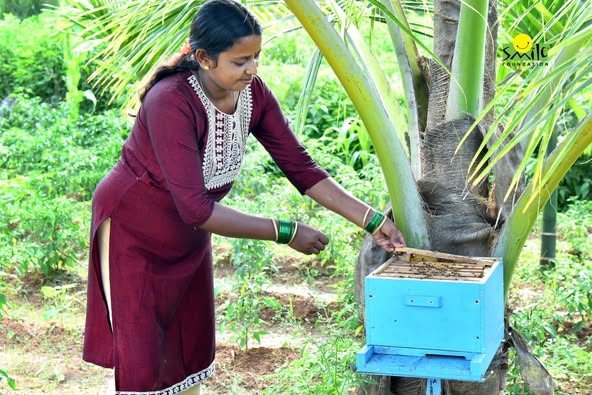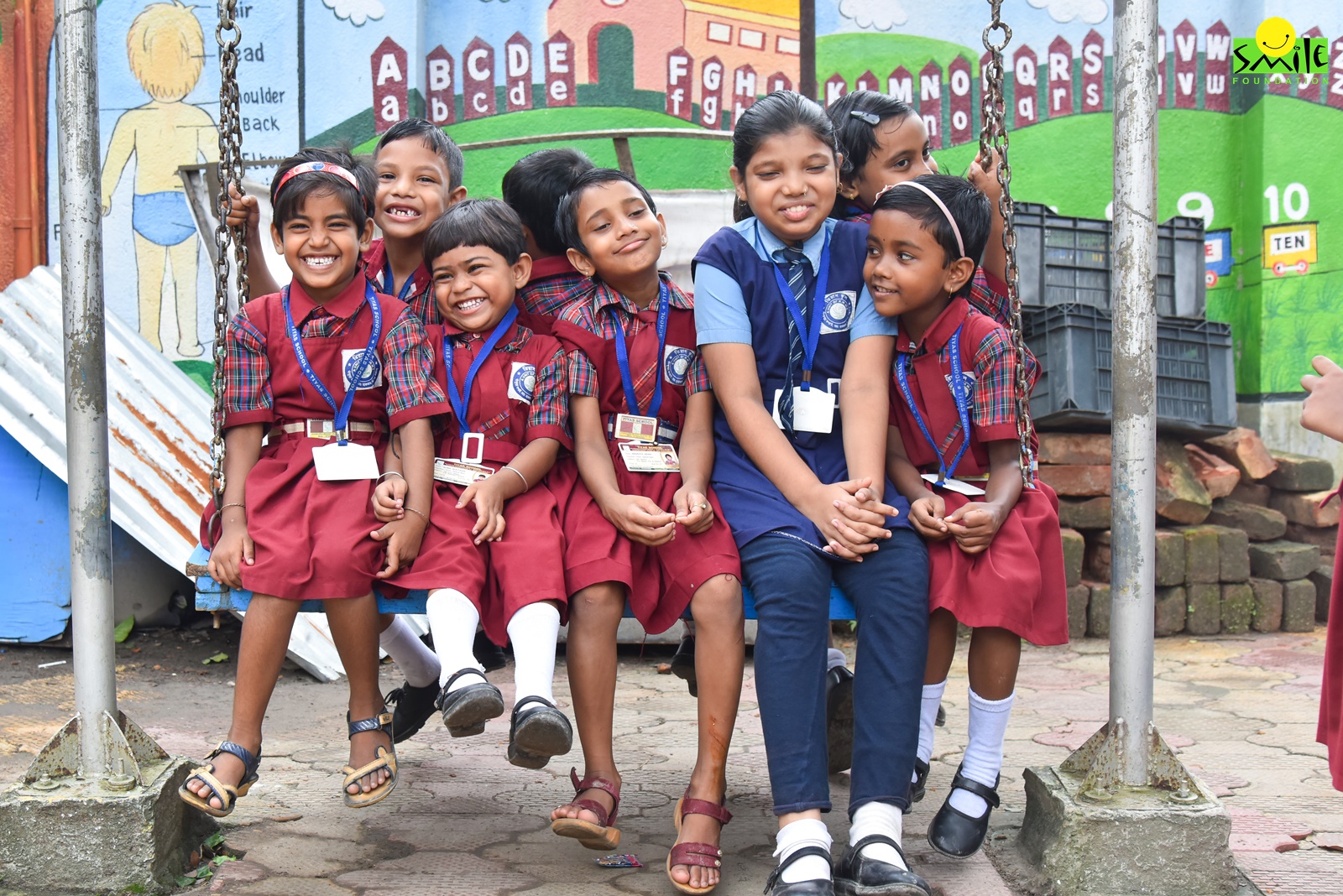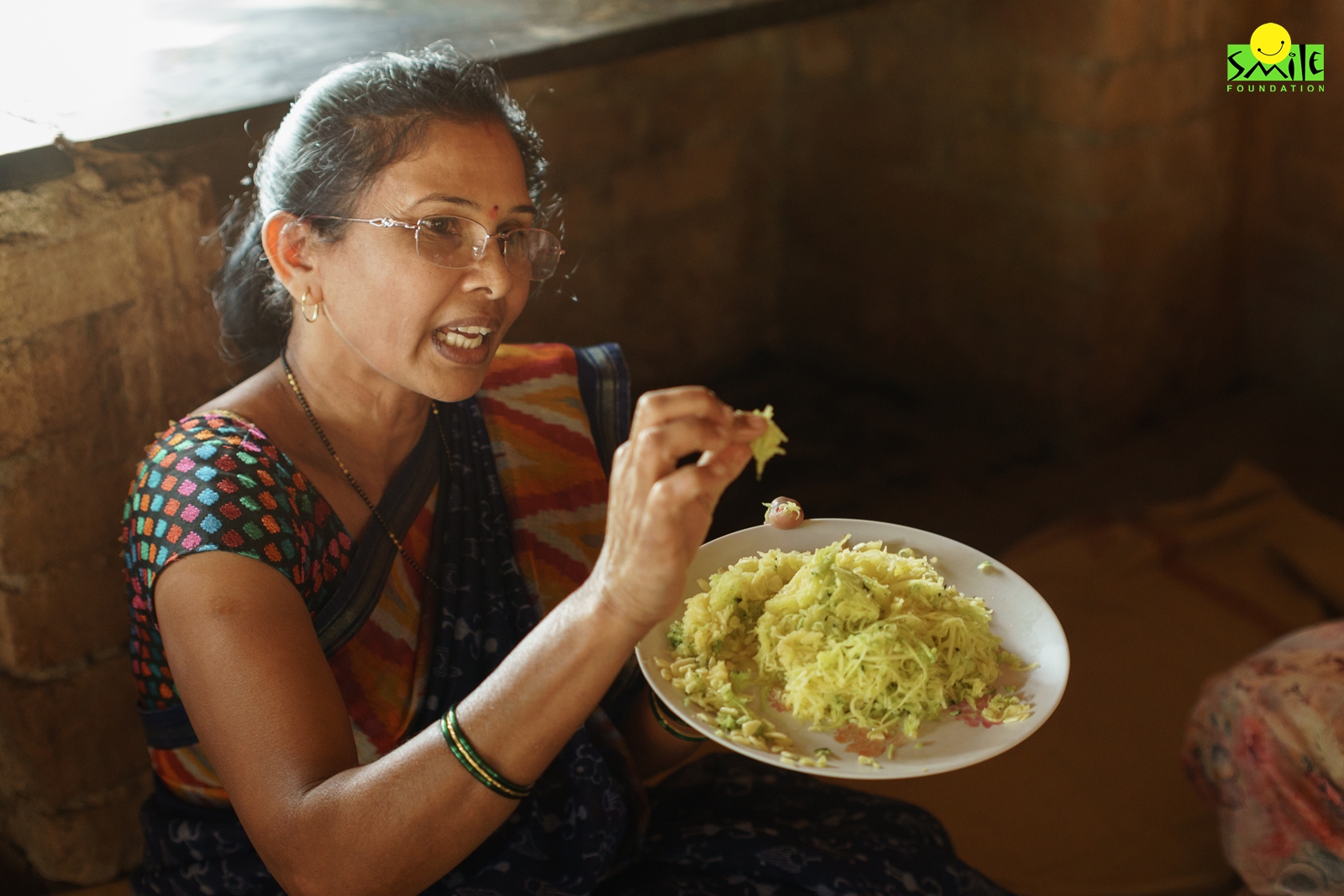Recently, Australia approved a social media ban for children under the age of 16, triggering conversations around digital wellness and the need to cut down screen time for children.
According to a BBC report, the ban, which will not take effect for at least 12 months, could see tech companies fined up to A$50m if they don’t comply. “We want our kids to have a childhood and parents to know we have their backs,” Prime Minister Anthony Albanese is reported to have told the media. While the legislation does not specify which platforms will be banned, Australia’s Minister for Communications, Michelle Rowland, has said the ban will include Snapchat, TikTok, Facebook, Instagram and X. Gaming and messaging platforms are exempt, as are sites that can be accessed without an account, meaning YouTube, for instance, is likely to be spared, says the BBC report.
Digital Wellness of Children: A Global Concern
Australia is not the first country to attempt to restrict children’s social media use. While the Australian ban is absolute, countries including France and some US states have passed laws to restrict access for minors, without a parent’s permission, says a Reuters report. A full under-14s ban in Florida is being challenged in court on free speech grounds.
Younger Children Now Access the Internet
According to a UNESCO report, globally, one in three internet users are children under the age of 18. It also highlighted that children are increasingly accessing the internet at a younger age — in some countries, children under 15 are as likely to use the internet as adults. This study was carried out before the Covid-19 pandemic. The subsequent lockdowns increased screen time across age groups as many children were forced to attend schools online.
According to another study carried out by the Pew Research Centre in 2021, 72% of parents of children in grades K-12 reported an increase in their child’s screen time when compared to pre-pandemic times.
The Indian Scenario
In India, there has been a growing concern around the use of social media by children and the impact of screen time on psychological as well as physical health.
According to a study commissioned by the National Commission for Protection of Child Rights in India 2021, 30.2% of the children between the age group of eight to 18 years used a smartphone or a device connected to the internet for online learning and classes. Children predominantly used the internet to access messaging applications, study materials, music, and games. Interestingly, the study also found that nearly 37.8% and 24.3% of 10-year- old children have an account on Facebook, and Instagram respectively, sparking concern.
“The internet can be both a boon and a bane, and in this respect, it is largely a bane. It is full of negative content and young children accessing it can be exposed to cyber bullying, body shaming, etc, which can lead to anxiety and depression,” says psychologist Mini Rao.
Psychiatrist Dr Suresh Kumar says a complete social media ban for children may not be possible. “But a lot of things online are detrimental to brain health. For instance, Insta reels and shorts on YouTube lead to decreased attention span as what is being seen and consumed changes every 30 seconds,” he says.
Impact of Screen Time on Mental, Physical Health
Long hours spent glued to screens can impact you physically and psychologically:
Developmental Delay: According to ‘Prevalence of excessive screen time and its association with developmental delay in children aged <5 years: A population-based cross-sectional study in India’, excessive screen time usage has caused developmental delay in children under five years of age. Increased screen time was significantly associated with developmental delay, particularly language acquisition and communication, especially in children under two years of age.
Tech Addiction: “There should be no exposure to screens till the age of five, from five to 12, it needs to be strictly supervised and 12-15, parents should see children are not exposed to things that are ‘rewarding’ such gaming, gambling, social media shopping, or porn,” says Dr Suresh Kumar, adding that it can lead to tech addiction.
Impacts Eyesight: In a study published in the BMC Public Health, children who spent more time on screens had a higher risk of developing myopia or near-sightedness, damaging eye health.
Childhood Obesity: There has been an increase in childhood obesity. About 12.5 million of those between the ages of five and 19 were overweight in 2022 compared to 0.4 million in 1990, according to a global analysis published in The Lancet journal. Sedentary screen time is said to be a key factor contributing to this crisis.
Affects Sleep, Social Skills: Constant stimuli makes it hard for children to concentrate, which affects academic performance. The blue light from the screen interferes with melatonin production, causing sleeplessness. This also causes daytime fatigue, irritability and reduced cognitive function. More screen time leads to limited social interaction.
Psychological Impact: Being constantly on social media is creating a ‘culture of comparison’, where children and teens constantly measure their self-worth against their peers and ‘influencers’ based on likes, comments and followers.
Reduced Screen Time can Improve Mental Health; contribute towards Digital Wellness
According to a study done by the University of Southern Denmark, there is a significant correlation between reduced screen time and improved mental health in kids.
On an average, children spend almost 7 to 8 hours every day on entertainment, be it playing games, or watching movies. The study concluded that reducing this to three hours makes them emotionally more stable. The improvement is rapid, with visible changes within just 14 days.
Guidelines for Screen Time Needed to ensure Holistic Digital Wellness
In India, we have the Indian Academy of Pediatrics Guidelines on Screen Time and Digital Wellness in Infants, Children and Adolescents.
With the digital revolution, Indian children are increasingly spending more time glued to screens, which has been linked to physical, developmental and emotional problems. So, experts have felt a need to develop guidelines related to ensure digital wellness and regulate screen time in infants, children and adolescents.
An Expert Committee constituted by the Indian Academy of Pediatrics (IAP) reviewed the literature and existing guidelines. A detailed review document was circulated to the members, and the National consultative meet was held online on March 26, 2021.
It was recommended that children aged below two should not be exposed to any type of screen. Exposure should be limited to a maximum of one hour of supervised screen time per day for children 24–59 months old, and less than two hours per day for children five to 10 years old.
Screen time must not replace other activities such as outdoor physical activities, sleep, family and peer interaction, studies, and skill development, which are necessary for overall health and development of the children and adolescents.
Families should ensure a warm, nurturing, supportive, fun filled and secure environment at home, and monitor their children’s screen use to ensure that the content being watched is educational, age-appropriate and non-violent.
What can Schools, Parents do to Stem the Crisis
Set Limits on Screen Time: “Parents have to be much with younger children and not expose them to screen-based activities. Children aged 10 to 15 years also need to be monitored as they can be exposed to content that is not appropriate, and full of negativity,” says Mini Rao.
Implement the 20-20-20 Rule: After every 20 minutes of screen time, they should look at something 20 feet away for at least 20 seconds. This simple habit can alleviate eye strain and reduce the risks of long-term damage to eyesight.
Encourage Real-world Activities: Encourage children to go out and play with friends, engage in physical, outdoor activities. Implement technology-free times. For instance, ask everyone to put away their gadgets during meal times, before bedtime and during social activities or events. “As a parent, I am strict that dinner has to be quality time spent with the family without any devices. It’s a time for everyone to share what happened during the day and reconnect with each other,” says Rao.
Model Healthy Behaviour: If parents spend time glued to their gadgets, children are more likely to copy their behaviour. Schedule device-free times with the family. “Promoting digital wellbeing begins with parents. Positive parenting programme teaches parents how to encourage children to engage in art, music, theatre, or physical activity, which indirectly prevents children from indulging in online activities,” says Dr Suresh Kumar.
Avoid using Screens as Rewards: Do not use screen time as a reward as children then associate it with pleasure, achievement and comfort and view it as a desirable activity. Children also begin to expect screen time whenever they have completed a task, which makes it difficult for parents to regulate screen time.
Keep Phones out of Classrooms: Do not allow children to bring any electronic devices to school. Even if children are allowed to bring phones to school, the devices should be kept out of classrooms.
Create a Fun, Interactive Learning Environment: Smile Foundation has been working to make classrooms more vibrant and also to upskill teachers. We believe that an exciting and fun learning environment contributes towards a positive and energetic interaction that in turn enables children to understand easily and retain the concepts well. We provide sports materials, musical instruments, speaker systems, etc. at 18 locations as part of our education initiative.
The Foundation has also created teacher training sessions to update and upgrade the teaching learning techniques and methodologies in teachers and help classrooms become more interactive, vibrant and fun. The programmes have dealt with inquiry-based and activity-based learning, classroom management, child pedagogy and multilevel child centric teaching.









